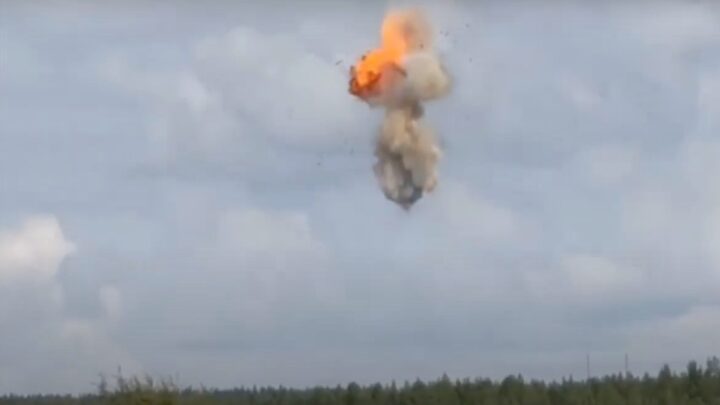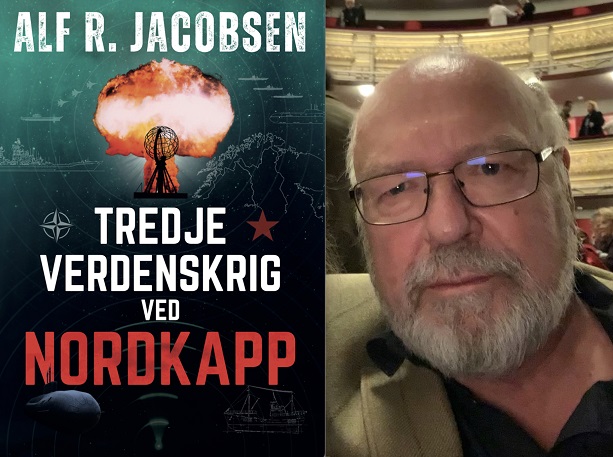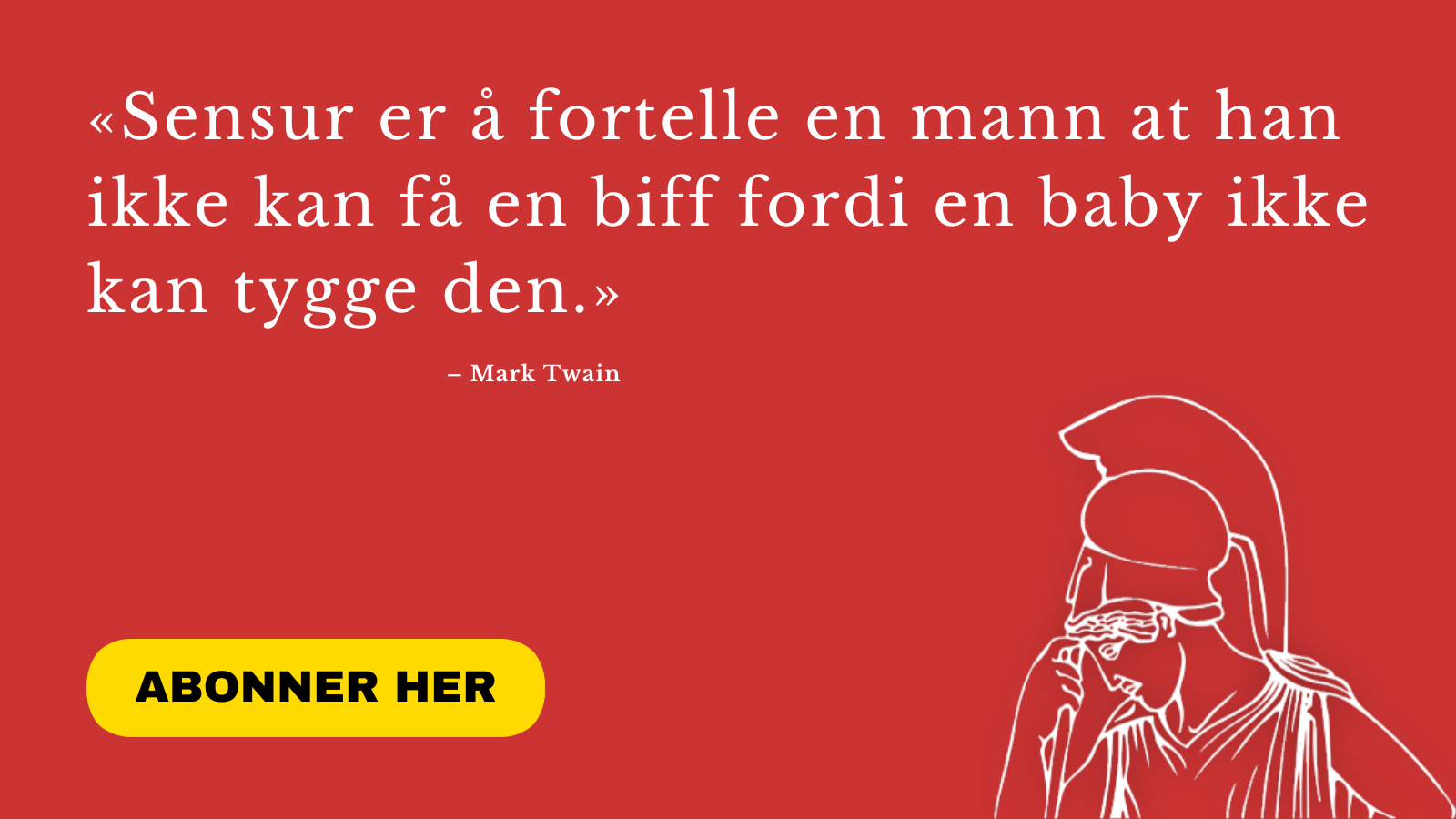The Great Power War is long back in Europe. Now in its third year, it has so far been fought between proxies in Ukraine. But it is steadily increasing in scope and intensity.
Our allies, the US, NATO and the EU, have acted as backers. That could soon change. A direct war between Russia and NATO could have enormous consequences for Norway and the Nordic countries.
Great power interests, geopolitics and military strategy all make them priority targets for Russia if the war in Ukraine were to continue to escalate and develop into a World War III scenario.
For the large and influential European NATO countries, the Nordic region and the northern flank, like Ukraine on the southern flank, are to be regarded as an alternative, more distant and more preferred theatre of war that will be prioritised over war on their own territory.
The same applies to the US, which wants to keep the war as far away from its own continent as possible. For the US, Norway and the Nordic region are to be regarded as an advanced defence perimeter and as an auxiliary state. The US is primarily concerned with defending the US and maintaining American hegemony in all parts of the world, and secondarily with defending its allies.
The danger of a third world war is nevertheless something that preoccupies very few people. It is perceived as unlikely and distant. Most people are preoccupied with their daily lives. Politicians are preoccupied with completely different things and enjoy each other’s company over a pint of lager in Arendal.
Nonetheless, it is a fact that an existential war is raging right outside our own living room door.
It is a fact that we are, for all practical purposes, at war with our superpower neighbour to the east. It is a fact that our defence is reduced to a fraction and that it will take a long time to rebuild it. And it is a fact that our most important allies are struggling with an energy crisis, a flat economy and poor finances, and several are characterised by increasing ethnic and social unrest.
It’s also a fact that the campaigns in Ukraine continue to grow in scale and intensity, and that the crisis is creating even greater instability in Europe. No-one can rule out the possibility that war could come here too. If it does escalate, there is much to suggest that this is precisely where it will come first.
The danger of using nuclear weapons is also greater than at any time during the Cold War. In the first instance, tactical nuclear weapons. If that happens, a new and more dangerous barrier will be broken. It will represent a qualitative shift in the brutal logic of war.
It will increase the risk of the balance of terror in strategic nuclear weapons breaking down, thereby increasing the uncertainty and incentives for a nuclear pre-emptive strike. In that case, the use of strategic nuclear weapons will be the next, and probably last, stop.
This is what the war in Ukraine and the threat of escalation is really about for Europe and the rest of the world.
The loss of territory, the Crimean peninsula and some counties in eastern Ukraine is bad enough for Ukraine. Far worse for the global community is the threat of the war escalating into a third world war, perhaps ending in a nuclear holocaust.
This is not a rational development. No head of state or general staff in either the East or the West in their right mind would want such a development, it will be argued. The fear of Mutual Assured Destruction (MAD) will prevent it.
To that end, it may be timely to recall that while conventional wars always end rationally, i.e. the position on the battlefield determines the outcome, they rarely start rationally. And they often develop in an unexpected and unpredictable direction, as the war in Ukraine has done so far.
They usually follow the paradoxical and unpredictable logic of military strategy, and sometimes the perverse whims and priorities of despots. Moreover, experience shows that black swans do exist, even if they are rare. The use of nuclear weapons would be the ultimate black swan. A war with the use of nuclear weapons will neither start nor end rationally.
Recently, Ukraine attacked various targets on the Kola Peninsula with several drones. One or more of Russia’s strategic bombers were reportedly hit. The attacks represent a direct threat to Russia’s nuclear deterrent capability.
One of the Russian bases is located 180 kilometres from Ukraine, but only 20 kilometres from the Norwegian border. There is speculation that Norway may have provided target data and intelligence information to Ukraine.
This is not surprising, as Norway has provided the US with aerial intelligence and data on Russian targets since the beginning of the Cold War in the early 1950s, and would be considered an active belligerent, if not formally then in reality.
Less well known is the operational order that instructed Norwegian fighter pilots to carry out strictly secret offensive suicide missions with tactical nuclear weapons against military and civilian targets deep inside Russia in the 1950s and 1960s.
Recently declassified material shows that the Americans, with the blessing of the Norwegian authorities, had developed top-secret attack plans in which Norwegian fighter jets were to attack targets in the Soviet Union, East Germany, Poland, the Baltic states and Finland with tactical nuclear weapons.
In 1963, dedicated areas and storage facilities for tactical nuclear weapons were established at Bodø Air Base, Værnes, Bardufoss, Ørland, Rygge and Sola/Flesland.
Some would argue that this represented a breach of Norwegian defence policy. During the Cold War’s superpower rivalry, we formally imposed security policy restrictions on ourselves at the same time as we were persistent advocates of détente and disarmament in international diplomacy.
We did not accept foreign forces permanently stationed on Norwegian soil in peacetime and refused to deploy nuclear weapons. Military activity was restricted east of the 24th parallel in eastern Finnmark.
The reality, however, was more complicated. The U2 affair in 1960 revealed Norway’s real role as an important pawn in the balance of terror between the superpowers. The deployment of US intermediate-range missiles in Italy and Turkey and the subsequent Cuban Missile Crisis in 1962 highlighted the same dangerous dynamics.
This illustrates the vulnerable role of the peripheral states as objects of the superpowers’ interests and as auxiliary states, and thus as prioritised targets in a direct confrontation between the superpowers.
After the dissolution of the Soviet Union and the Warsaw Pact in 1990 and 1991, Norway removed the formal glaze of alliance policy. The national defence was virtually abolished with the defence reform in 2000.
And with the bilateral Defence Cooperation Agreement with the US in 2022 concerning the establishment of 14 US bases on Norwegian soil, we have in reality also abandoned the base policy. The Norwegian army with the 13 brigades that we once had has literally been replaced with 14 US bases.
If the US bases were established solely for the purpose of defending Norway, it would have been less problematic. However, jurisdiction over the so-called “agreed areas” covered by the DCA has been handed over to the US. This is problematic.
In the light of history, it is reasonable to believe that these could also be used to store tactical nuclear weapons with a view to a possible offensive pre-emptive strike against Russia or any other country. Only the few people in Norway who have negotiated the secret annexes to the agreement know whether this is the case.
The Norwegian Air Force has been strengthened with 5th generation American F-35 fighter jets. They are probably primarily intended for the same offensive role that Norwegian fighters had during the Cold War, as a tactical first-strike force to prepare the ground for the US long-range strategic bombers.
In European campaign scenarios, one of the first things the Russians will do is neutralise Norwegian and Nordic air power, surveillance capacity and Nordic communication systems. They will be launched with ballistic missiles, which can also carry nuclear warheads, travelling at 10 times the speed of sound and reaching most targets in Norway within minutes.
Neither Norway nor NATO currently has any defence against these. In other words, there is no national or “Western” capability that could prevent this. The F-35 fighter jets will probably never get off the ground.
There is no serious knowledge or strategic analysis behind the fact that Norway has abandoned its national defence and made itself completely dependent on a soon-to-be “former” superpower on another continent to defend itself. This could have tragic consequences.
The spread of the war in Ukraine to the Nordics is all the more likely as the Nordics and Scandinavia could easily become our allies’ “preferred” theatre of war if the war in Ukraine escalates further.
This perverted version of the “Nordic model” is far from unknown in European geostrategic thinking. It is certainly on the table in the Russian General Staff. It will be a key challenge for the Nordic countries to counter, now that they are all in NATO.
The risk of escalation and the danger that the war could also come here should have been discussed at seminars and over pints in Arendal, as a corrective to many of the prevailing illusions and delusions of the time.
However, it is not. The whole thing is most reminiscent of the orchestra that continued to play while the Titanic went to the bottom.
Øystein Steiro Sr.
Caretaker
Buy the book by Alf R. Jacobsen! Buy the book here.
Free speech is under attack. Subscribe to free and independent Document.



